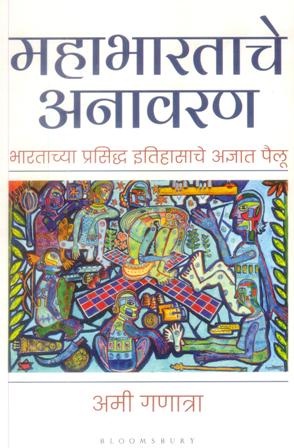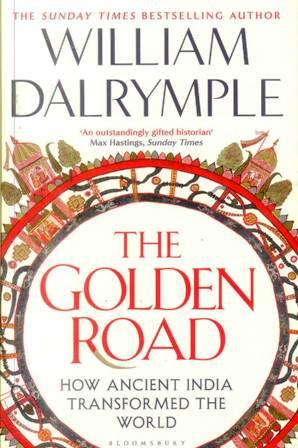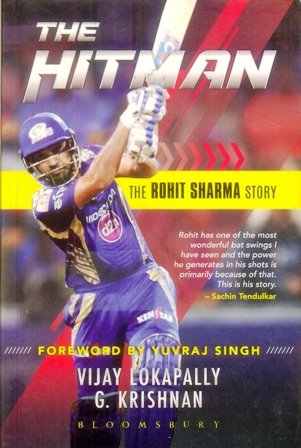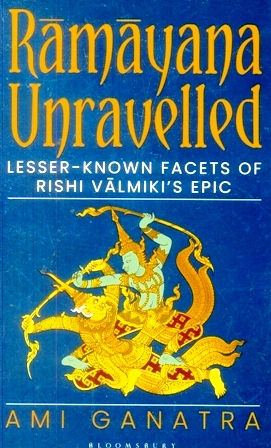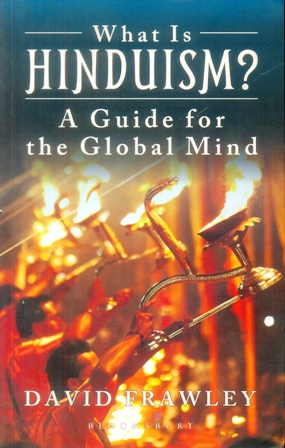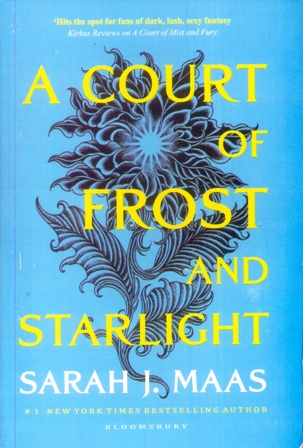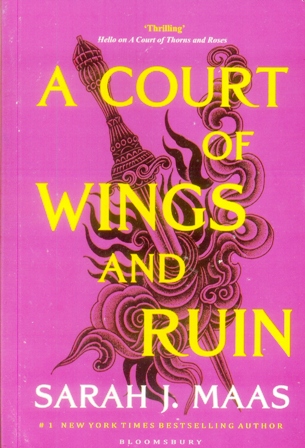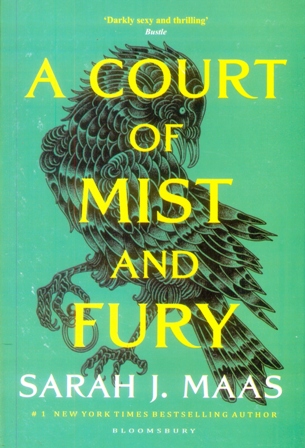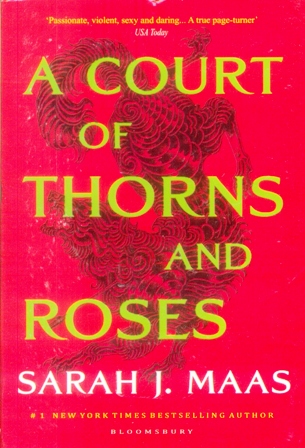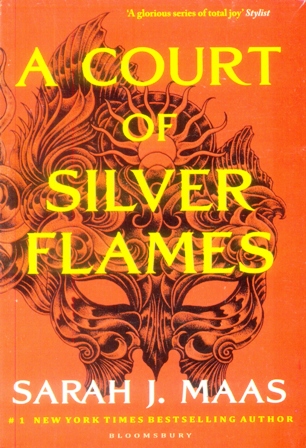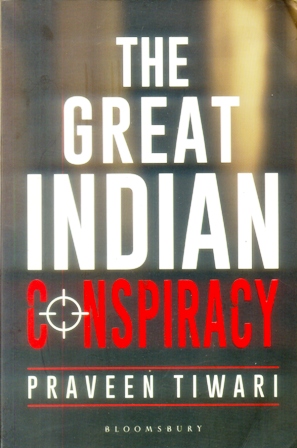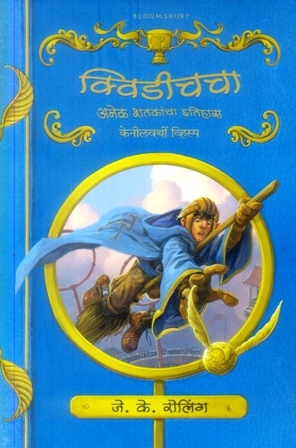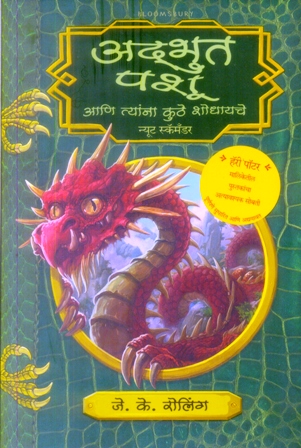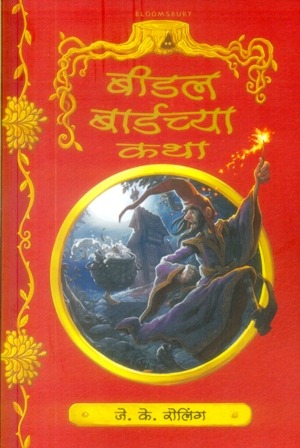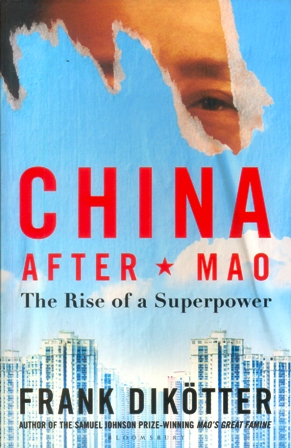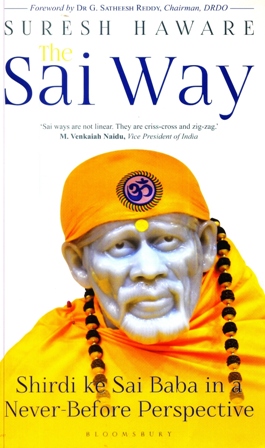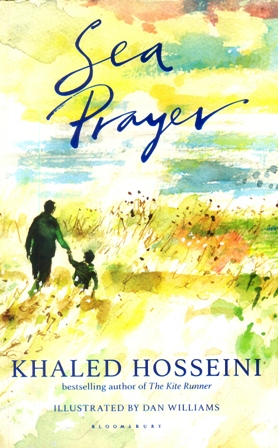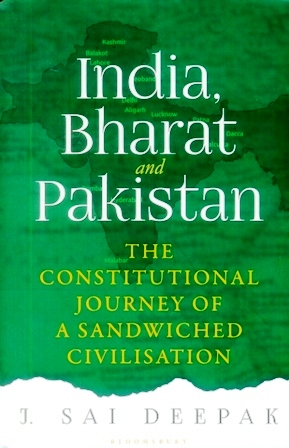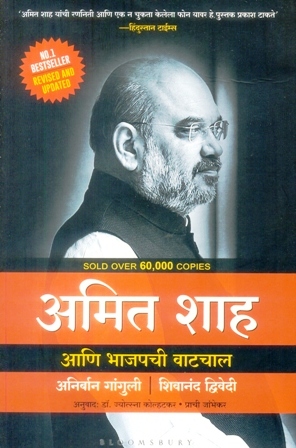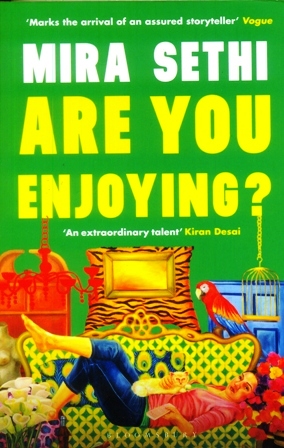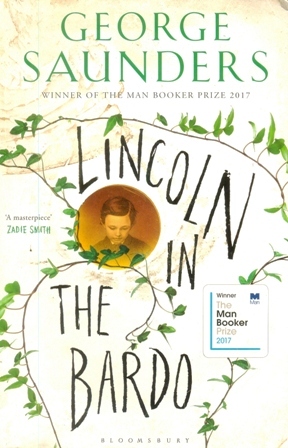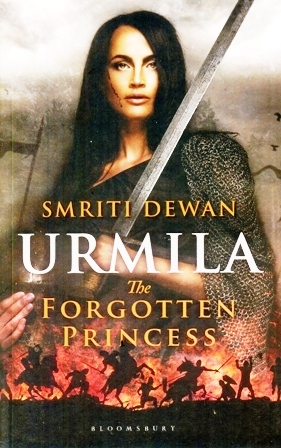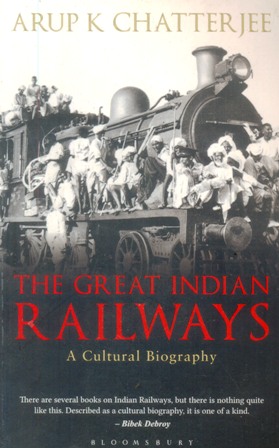-
The Golden Road
A REVOLUTIONARY NEW HISTORY OF THE DIFFUSION OF INDIAN IDEAS ‘A master storyteller’ Sunday Times India is the forgotten heart of the ancient world For a millennium and a half, India was a confident exporter of its diverse civilisation, creating around it a vast empire of ideas. Indian art, religions, technology, astronomy, music, dance, literature, mathematics and mythology blazed a trail across the world, along a Golden Road that stretched from the Red Sea to the Pacific. William Dalrymple draws from a lifetime of scholarship to highlight India’s oftforgotten position as the heart of ancient Eurasia. For the first time, he gives a name to this spread of Indian ideas that transformed the world. From the largest Hindu temple in the world at Angkor Wat to the Buddhism of China, from the trade that helped fund the Roman Empire to the creation of the numerals we use today (including zero), India transformed the culture and technology of its ancient world – and our world today as we know it. Praise for William Dalrymple and The Anarchy ‘A superb historian with a visceral understanding of India’ The Times ‘Magnificently readable, deeply researched and richly atmospheric’ Francis Wheen, Mail on Sunday
-
The HitMan
From his cricket debuts in 2007 and 2013 respectively, Rohit Gurunath Sharma has grown to be one of the vital pillars of the Indian cricket team. A modern-day entertainer who refused to compromise his approach to batting, his contribution to India's domination in one-day cricket and victories in the Premier League is indisputable. This is the story of his journey, of the years of hard work and the confidence that has allowed him to keep his place in the team--and his amazing capacity to come up with big scores. His combination of aggression and caution, his lazy elegance and his deadly shots have brought a whiff of fresh air to the cricket field.
-
Ramayana Unravelled
No epic has moved the consciousness of millions like the Ramayana. The appeal of the story of Rama is such that it has inspired the imagination of countless storytellers over the centuries, across the length and breadth of the subcontinent. From Jain poets to Bhavabhuti, from Kamban to Goswami Tulsidas, many have retold the Ramayana in their own language, infusing their own unique flavour. Though the story of Rama is much loved and well-known, questions prevail. Ramayana Unravelled attempts to address some key concerns: How did his childhood and youth shape Rama? Why did Rama agree to go on vanvas – was it only to obey his father or was there more to it? How was the relationship of Rama and Seeta? Is the Ramayana inherently misogynist, considering the characterisation of Seeta, Shurpanakha, Kaikeyi and Tara? What led to the downfall of Ravan? Ami Ganatra takes the reader through the events of the Ramayana, resolving conundrums and underlining the reasons the epic continues to be cherished to this day
-
What Is Hinduism?
What Is Hinduism? provides one of the most provocative, engaging and detailed examinations of this oldest religious and spiritual tradition in the world. Followed by over a billion people, including a great majority in India, Hinduism is the third largest religion in the world. The teachings of Yoga and Vedanta are followed by millions in every continent. Enriched with a profound pluralistic view, Hinduism emphasizes that the Truth is One but has many paths. Yet, despite its universality, Hinduism remains the most misunderstood of the world's major religions, partly because of its antiquity and the vast extent of its teachings. Acknowledging the importance of the religion and its growing influence globally, David Frawley has addressed the prime teachings of Hinduism, its role in India, its place in the information age and has compiled an exhaustive set of questions and answers dwelling on all the significant issues. This essential learning helps us understand our spiritual heritage as a species and the place of India among the greatest civilizations of the world- ancient and modern. Further, the book charts out how Hindus can overcome the challenges confronting them today and communicate their diverse tradition more effectively, making it an ideal book for the Hindu youth.
-
A Court Of Frost And Starlight
In this companion tale to the bestselling A Court of Thorns and Roses series, Feyre, Rhys and their friends are working to rebuild the Night Court and the vastly changed world beyond after the events of A Court of Wings and Ruin. But Winter Solstice is finally near, and with it a hard-earned reprieve. Yet even the festive atmosphere can't keep the shadows of the past from looming. As Feyre navigates her first Winter Solstice as High Lady, she finds that those dearest to her have more wounds than she anticipated - scars that will have a far-reaching impact on the future of their court.
-
A Court Of Wings And Ruin
Feyre has returned to the Spring Court, determined to gather information on Tamlin's manoeuvrings and the invading king threatening to bring her land to its knees. But to do so she must play a deadly game of deceit - and one slip may spell doom not only for Feyre, but for her world as well. As war bears down upon them all, Feyre must decide who to trust amongst the dazzling and lethal High Lords and hunt for allies in unexpected places. And her heart will face the ultimate test as she and her mate are forced to question whether they can truly trust each other.
-
A Court Of Mist And Fury
The steamy second book in the seductive fantasy series from global #1 bestselling author Sarah J. MaasFeyre survived Amarantha's clutches to return to the Spring Court - but at a steep cost. Though she now possesses the powers of the High Fae, her heart remains human, and it can't forget the terrible deeds she performed to save Tamlin's people. Nor has Feyre forgotten her bargain with Rhysand, the mesmerising High Lord of the feared Night Court. As Feyre navigates his dark web of political games and tantalising promises, a greater evil looms - and she might be key to stopping it. But only if she can step into her growing power, heal her fractured soul and have the courage to shape her own future - and the future of a world cloven in two. Sarah J. Maas's books have sold millions of copies worldwide and have been translated into 37 languages. Discover the sweeping romantic fantasy for yourself.
-
A Court Of Thorns And Roses
Passionate, violent, sexy and daring ... A true page-turner - USA TodayThe tantalising start to a seductive fantasy series from global #1 bestselling author Sarah J. MaasFeyre is a huntress. And when she sees a deer in the forest being pursued by a wolf, she kills the predator and takes its prey to feed herself and her family. But the wolf was not what it seemed, and Feyre cannot predict the high price she will have to pay for its death ... Dragged away from her family for the murder of a faerie, Feyre discovers that her captor, his face obscured by a jewelled mask, is hiding even more than his piercing green eyes suggest. As Feyre's feelings for Tamlin turn from hostility to passion, she learns that the faerie lands are a far more dangerous place than she realized. And Feyre must fight to break an ancient curse, or she will lose him forever. Sarah J. Maas's books have sold millions of copies worldwide and have been translated into 37 languages. Discover the sweeping romantic fantasy for yourself.
-
A Court Of Silver Flames
Sarah J. Maas's sexy, richly imagined A Court of Thorns and Roses series continues with the journey of Feyre's fiery sister, Nesta... Nesta Archeron has always been prickly - proud, swift to anger and slow to forgive. And since the war - since being made High Fae against her will - she's struggled to forget the horrors she endured and find a place for herself within the strange and deadly Night Court. The person who ignites her temper more than any other is Cassian, the battle-scarred, winged warrior who is there at Nesta's every turn. But her temper isn't the only thing Cassian ignites. And when they are forced to train in battle together, sparks become flame. As the threat of war casts its shadow over them once again, Nesta and Cassian must fight monsters from within and without if they are to stand a chance of halting the enemies of their court. But the ultimate risk will be searching for acceptance - and healing - in each other's arms.
-
The Great Indian Conspiracy
Saffron terrorism. Is it a fact? Or, is this a myth? After all, do we know enough? The shocking blasts of Malegaon and Samjhauta were projected as 'saffron terrorism'. A new theory, terrorist attacks were tainted as such till, a few years later, Kasab's confession offered solid proof of Pakistan's role in the 26/11 attacks. Though the police had concluded a Pakistani hand for the earlier blasts, it was saffron terrorism which prevented the perpetrators of these attacks from being brought to justice. As a theory, saffron terrorism is not just hurting Hindus sentiments but is also an obstacle to fight real terrorism sponsored by Pakistan and Islamic states. The term was coined by the erstwhile UPA government to garner minority votes and manipulate the vote bank. After all, why were the Malegaon-accused SIMI activists let off? Why did certain politicians declare not to oppose their bail? What was truly behind Aseemanand's confession? The reliability of these confessions was questionable given the police brutality that the National Investigative Agency exposed. Journalist Praveen Tiwari explores saffron terrorism and reveals through exclusive interviews of senior National Investigative Agency officials, undercover agents and politicians how vote bank politics can compromise ethics and national security. Should the real masterminds behind the blasts be allowed to go scot-free? Should the manipulators of the Samjhauta Express bombings not be held accountable? Should we not investigate those who had exonerated Pakistan of its guilt? An extensive research on communal politics, the book offers indisputable evidence of the 'saffron terrorism' theory as the Great Indian Conspiracy.
-
Who Killed Shastri?
It was the time of the Cold War. After defeating Pakistan in the second biggest armed conflict since the Second World War, Indian Prime Minister Lal Bahadur Shastri arrived in Tashkent, former USSR, to sign a peace accord. After days of extended negotiations, the peace agreement was signed between India and Pakistan in the presence of Alexei Kosygin, the USSR Premier. Hours later, at 1.32 AM, Shastri died in his dacha. Abruptly. Mysteriously. Soon after, his official Russian butler and the Indian cook attached to the Indian ambassador were arrested by the Ninth Directorate of the KGB under the suspicion of poisoning Shastri. No post-mortem was done. No confession was achieved. There was no judicial enquiry ever. It's been 50 years since his death, and we still don't know the truth. Was it really a heart attack? Was he poisoned? Did the CIA kill him? Was it the KGB? Was it a state-sponsored murder? Vivek Ranjan Agnihotri along with his motley team of inexperienced assistants turned whistle-blowers investigate the mystery behind Shastri's death and find themselves in a mirror-world where all and everybody is suspect. But they cannot remain distant, for the painful story of India touches their own lives as they discover how the country was put up for sale.
-
China After Mao: The Rise of a Superpower
A leading historian of modern China. He is a rare scholar, adept in both Russian and Chinese . . . Combined with this linguistic skill, Dikötter has a writer's gift' EVENING STANDARD From the Samuel Johnson Prize-winning author of Mao's Great Famine, a timely and compelling account of China in the wake of Chairman Mao In China After Mao, award-winning historian Frank Dikötter explores how the People's Republic of China was transformed from a backwater economy in the 1970s into the world superpower of today. His account is the first to be based on hundreds of previously unseen archival documents, from the secret minutes of top party meetings to confidential bank reports. Unfolding with great narrative sweep, this riveting, richly detailed chronicle recasts our understanding of an era that both the regime and foreign admirers celebrate as an economic miracle. In charting four decades of so-called 'Reform and Opening Up' and China's emergence as a world power, Dikötter tells a fascinating tale of contradictions and illusions, of shadow banking, anti-corruption drives and extreme state wealth standing alongside everyday poverty. He examines China's approach to the 2008 financial crash, the country's increasing hostility towards perceived Western interference and its development into a thoroughly entrenched dictatorship - one equipped with a sprawling security apparatus and the most sophisticated surveillance system in the world. Ultimately, the book concludes, the communist party's goal was never to join the democratic sphere, but to resist it - and then defeat it. Praise for Frank Dikötter: 'It will be increasingly difficult for Western China specialists to write with authority based only on previous Western publications or on Chinese public statements. We remain in Frank Dikötter's debt' LITERARY REVIEW 'The historian of China' SPECTATOR 'He combines a vivid eye for detail with a historian's diligence in the archives' OBSERVER
-
The Sai Way: Shirdi ke Sai Baba in a Never-Before
Countless books have been written about Sai Baba so far. Then why one more? And why does Dr Suresh Haware, who was the chairman of Saibaba Sansthan, want to write it? The answer lies in his five years of divine experience at Shirdi, an experience of a different world. Sai Anubhuti is not theoretical; it is practical. It cannot be expressed in words, he says. The Sai philosophy of 'shraddha-saburi' and 'sab ka malik ek' is very easy to understand but equally difficult to practise.Despite being a renowned nuclear scientist, Dr Haware states that there is something beyond science, something ethereal, an experience of the divine that cannot be completely captured. The events that led to his becoming the chairman of the trust indicate that Sai ways are not linear. The Sai Way is a beautiful tribute to Sai philosophy and spirituality narrated from a lived experience coupled with information about Saibaba Sansthan.
-
India, Bharat and Pakistan-The Constitutional Jour
India, Bharat and Pakistan, the second book of the Bharat Trilogy, takes the discussion forward from its bestselling predecessor, India That Is Bharat. It explores the combined influence of European and Middle Eastern colonialities on Bharat as the successor state to the Indic civilisation, and on the origins of the Indian Constitution. To this end, the book traces the thought continuum of Middle Eastern coloniality from the rise of Islamic Revivalism in the 1740s following the decline of the Mughal Empire, which presaged the idea of Pakistan, until the end of the Khilafat Movement in 1924, which cemented the road to Pakistan. The book also describes the collaboration of convenience that was forged between the proponents of Middle Eastern coloniality and the British colonial establishment to the detriment of the Indic civilisation. One of the objectives of this book is to help the reader draw parallels between the challenges faced by the Indic civilisation in the tumultuous period from 1740 to 1924, and the present day. Its larger goal remains the same as that of the first, which is to enthuse Bharatiyas to undertake a critical decolonial study of Bharat’s history, especially in the context of the Constitution, so that the religiosity towards the document is moderated by a sense of proportion, perspective and purpose
-
Are You Enjoying
Are You Enjoying?' is emotional, equally hilarious, and gutting. I couldn't put this book down because I'd been welcomed into the most intimate parts of these characters' lives' Rupi Kaur 'Fresh, intelligent, and bold: Mira Sethi's stories open up fascinating slices of contemporary life in Pakistan' Mohsin Hamid 'Complex, delicate stories, alert both to the comic and the tragic. And while they focus on characters changing in a changing society, there is a timelessness about Sethi's work that I think comes from her precise observations that a reader will remember like lines of poetry, for their beauty' Kiran Desai Childhood best friends decide to marry in order to keep their sexuality a secret. A young heiress embarks on a secret affair, ending in devastation but not for the party who was braced for it. A glum divorcee reaches out to his American neighbour. A radicalised student's preparations for his sister's wedding in Lahore involve beating up the groom. An actress from a sheltered background in Karachi is forced to grow up fast on the set of her first major TV show where the real intrigue takes place off-screen. From one of Pakistan's most exciting young writers comes an exhilarating, audacious debut story collection; upending traditional notions of identity, scrutinising the relationship between power and desire, and fizzing with energy and wit.
-
Urmila:The Forgotten Princess
The destinies of the two princesses of Mithila had always been decided. Strong-headed and resilient, Princess Urmila is the heir to the throne and the keeper of the sacred bow Pinaka. Her sister Sita is intended to wed the next Vishnu. But Urmila's plan changes when she bumps into the rude, temperamental, lesser known Prince of Ayodhya, Lakshman. Lakshman vows to become Urmila's royal consort in Mithila. But a failed assassination of Ram and the brutal murder of King Dashrath leads Lakshman to ask Urmila to abandon her future to protect the throne of Ayodhya while he helps build a secret weapon to match the one Lankapati Ravan was building. When Ravan kidnaps Sita, the ensuing war spreads beyond Lanka to northern India, as Ayodhya's neighbours try to take over the kingdom. It is up to Urmila and her sisters to protect Ayodhya's throne. The only way to do that is to revive the Pinaka through an ancient tablet whose pieces are in four different ancient kingdoms. Urmila now has an impossible choice to make. Should she protect Mithila as is her kshatriya duty? Or should she keep the promise she made to her husband in exile to protect Ram's throne?
-
The Great Indian Railways
Following an experimental railway track at Chintadripet, in 1835, the battle for India's first railroad was fought bitterly between John Chapman's Great Indian Peninsular Railway and Rowland MacDonald Stephenson's East India Railway Company, which was merged with Dwarkanauth Tagore's Great Western of Bengal Railway. Even at the height of the Mutiny of 1857, Bahadur Shah Zafar promised Indian owned railway tracks for native merchants if Badshahi rule was restored in Delhi. From Jules Verne to Rudyard Kipling to Mark Twain to Rabindranath Tagore to Nirad C. Chaudhuri to R.K. Narayan and Ruskin Bond-the aura of Indian trains and railway stations have enchanted many writers and poets. With iconic cinematography from The Apu Trilogy, Aradhana, Sonar Kella, Sholay, Gandhi, Dil Se, Parineeta, Barfi, Gangs of Wasseypur, and numerous others, Indian cinema has paved the way for mythical railroads in the national psyche. The Great Indian Railways takes us on a historic adventure through many junctions of India's hidden railway legends, for the first time in a book replete with anecdotes from imperial politics, European and Indian accounts, the battlefronts of the Indian nationalist movement, Indian cinema, songs, advertisements, and much more, in an ever-expanding cultural biography of the Great Indian Railways. Dubbed as 'one of a kind' this awe-inspiring saga is 'compulsive reading.' 'In this fascinating cultural history, Arup K Chatterjee charts the extraordinary journey of the Indian Railways, from the laying of the very first sleeper to the first post-Independence bogey. It evokes our collective accumulation of those innumerable memories of platform chai and rail-gaadi stories, bringing alive through myriad voices and tales the biography of one of India's defining public institutions.' - Shashi Tharoor, Author, M.P., Lok Sabha 'The Great Indian Railways is a fascinating and well-researched cultural biography of the Indian Railways-those intricate arteries of the soul of India, as have been experienced, written, filmed, and dreamed. We cannot all travel by rail to know India, as Gandhiji did, but we can and should read this book!' - Tabish Khair, Author, Professor

